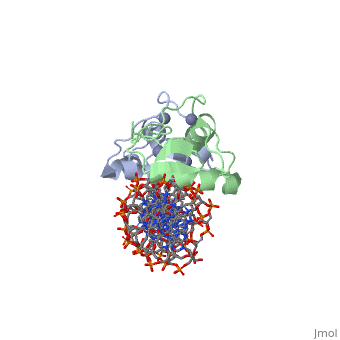Glucocorticoids are corticosteroids that bind to the glucocorticoid receptor. is a glucocorticoid medication. It is the most potent glucocorticoid and it has not mineralocorticoid potency.
- Forkhead box proteins (FOX) are transcription factors involved in regulation of gene expression.[1]. FOXO1 activation contributes to glucocorticoid-induced beta cell death[2]. FOX contain a DNA-binding motif (DBD) of 80-100 amino acids having a winged-helix shape.
- .
- . Water molecules shown as red spheres.
- .
- Nuclear receptor coactivator (NCOA) is a protein recruited by nuclear receptors in order to enhance or repress DNA transcription. NCOA is involved in coactivation with transcription factors[3]. NCOA1 shows histone acetyltransferase activity and is required for steroid hormone response. NCOA2 is a DNA transcription coactivator with glucocorticoid receptor.
- .
- .
- . Water molecules are shown as red spheres.
- .
- .
- Thioredoxin Reductase (TrxR) is an enzyme which reduces thioredoxin using NADPH[4]. Mutations in TrxR-2 are associated with familial glucocorticoid deficiency[5]. Thioredoxin Reductase (TrxR) is an enzyme which reduces thioredoxin using NADPH[6]. TrxR-2 is mitochondrial. For more details see User:Sarah Abdalla/Thioredoxin Reductase. TrxR and Trx form an [7]. . Water molecules are shown as red spheres.
- Microsomal Prostaglandin E synthase (PGES) converts cyclooxygenase (COX)-derived prostaglandin to PGE2. It is membrane-associated and belongs to the microsomal glutathione S-transferase family. PGES is preferentially linked with the inducible COX-2[8] . PGES is induced by proinflammatory stimuli and down-regulated by anti-inflammatory glucocorticoids[9]. Microsomal Prostaglandin E synthase (coordinates are from OPM database. The [10]. Water molecules are shown as red spheres.

